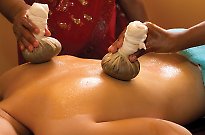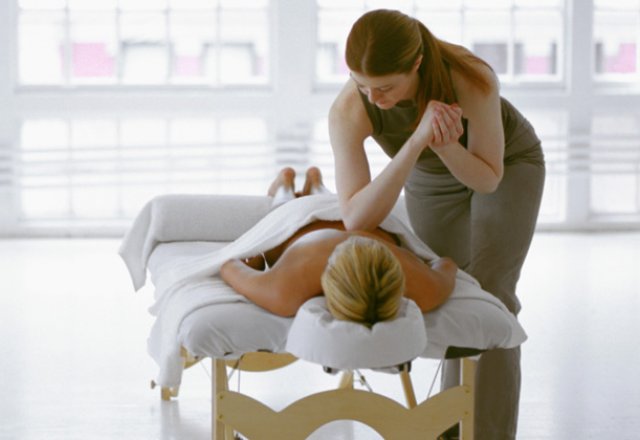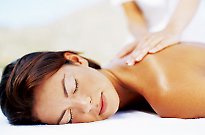
Shiatsu massage

Relieve stress and tension
What is shiatsu and where did it come from? David Goding investigates.
History
Shiatsu has a rich history steeped in Asian medicine going back thousands of years. But it wasn’t until early last century that shiatsu become an entity in its own right and it wasn’t until 1915 that the word itself – meaning ‘finger pressure’ in Japanese – was first coined by Tamai Tempaku, in his book Shiatsu Ryoho.
Most experts believe the real creator of shiatsu, as we know it today, to be Tokujiro Namikoshi, who, at the ripe old age of seven, managed to cure his mother of severe arthritic pain with a method of 80 per cent pressure and 20 per cent rubbing.
In 1925, Namikoshi opened the first Shiatsu Institute of Therapy on the island of Hokkaido and in 1974, Japanese sisters Michiyo and Hiroko Urakawa accepted an invitation to introduce the new techniques to Australia.
Today, the enhanced methods of shiatsu massage incorporate stretching and holding positions along the established meridian lines, using the fingers, palms, forearms, elbows and even in some instances the knees and feet. There are also two main philosophical schools of thought – one that includes Western scientific anatomy and physiology and the other based largely on traditional Chinese medicine (TCM).
The benefits
“The aim of shiatsu is to promote health and wellbeing and to re-establish the body’s ability to function harmoniously and to strengthen the immune system,” says Maree Crutch, from the Australian Shiatsu College. “In a Western scientific model, it’s clear that shiatsu assists the body in moving the lymphatic fluid, pumping blood through the muscles and relieving tension by relaxing the fascia.”
Apart from relieving stress and tension, shiatsu has also been shown to help with depression and insomnia, back pain, headaches (including migraines), eczema and digestive problems (including irritable bowel syndrome).
“The versatility of shiatsu gives it the ability to treat a range of disharmonies in the body,” says Crutch. “Through touch, shiatsu taps into the same rivers of energy in the body that acupuncturists use with needles. And just like rivers, when kept free of pollution and renewed with fresh water, these meridians can nourish the life processes that rely on them.”
What to expect
“Treatments are approximately one-and-a-half hours in duration and take place on a futon on the floor with the client wearing loose, comfortable clothing,” explains Crutch. “A meditative, warm, nourishing treatment space invites deep relaxation. Ideally, the client keeps their awareness on their breath during the treatment, but when sleep occurs, this too is a deep space for healing to take place.
“In fact, sleep can indicate trust, which is the foundation needed between practitioner and client for the subtle energy shifts to occur.”
For more information go to australianshiatsucollege.com.au
Photo credit: Thinkstock


